Same Day Shipping EMI & COD on most products
Trusted Partner Since 1969
GST B2B Billing  Help
Help  00919699976817
00919699976817

Showing 1–24 of 48 results
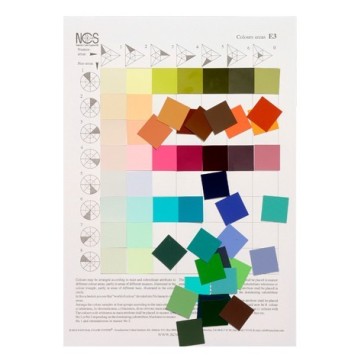
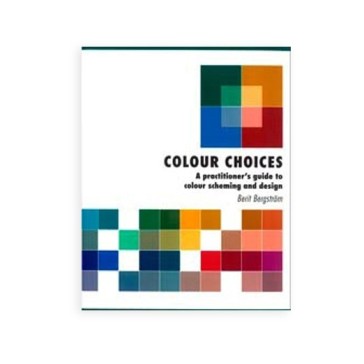
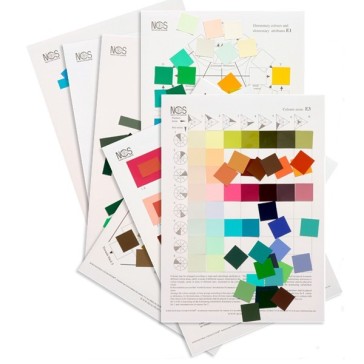
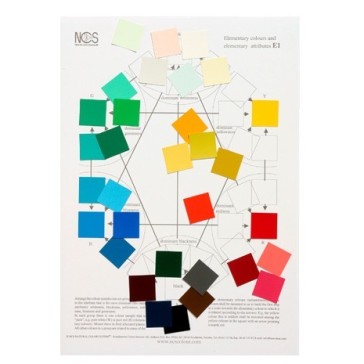
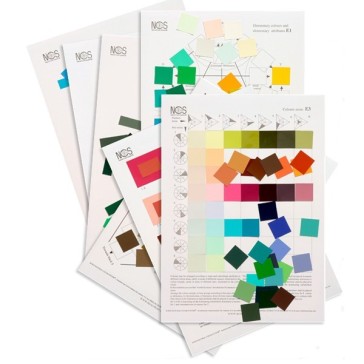
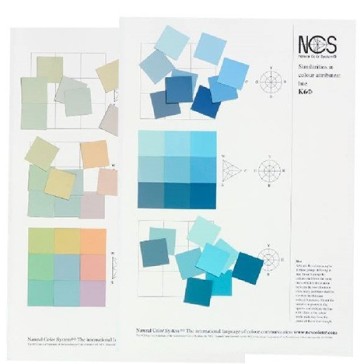
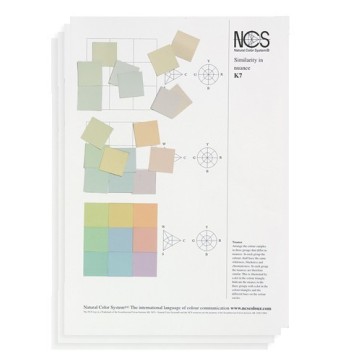
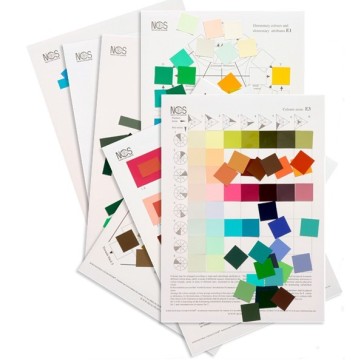
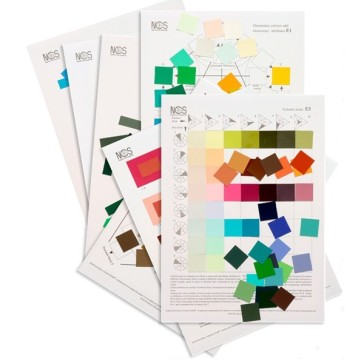
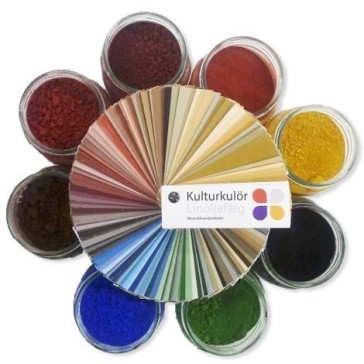
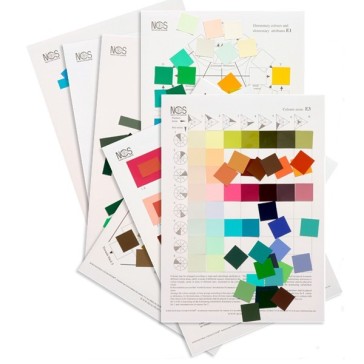
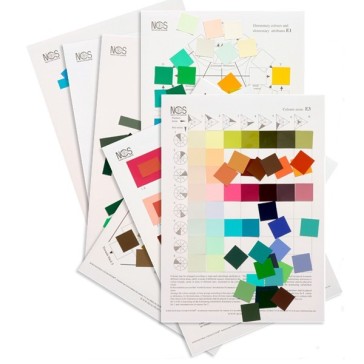
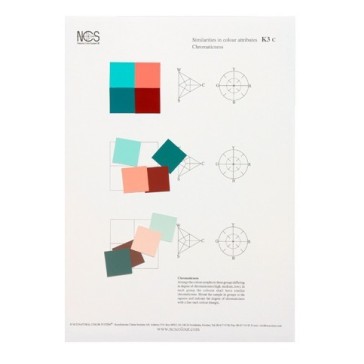
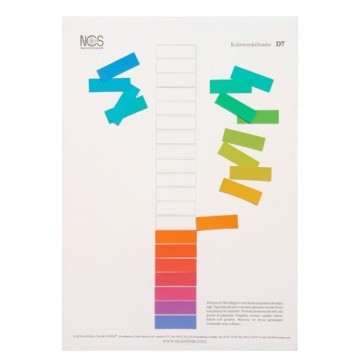
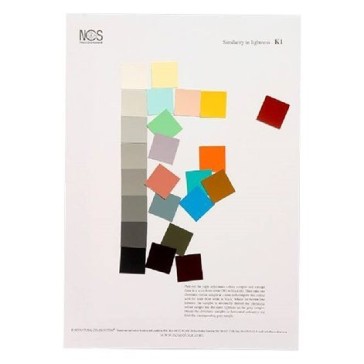
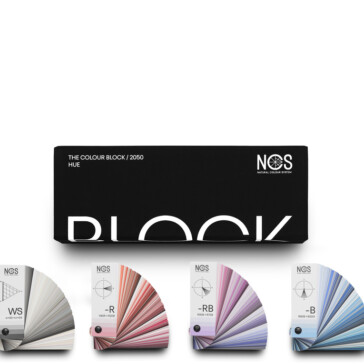
![NCS Color Chart Glossy Index 1950 Standards [2022 Edition], NCS Glossy Colors Book](https://www.designinfo.in/wp-content/uploads/nc/p/1/3/0/5/5/13055-364x364-optimized.jpg)
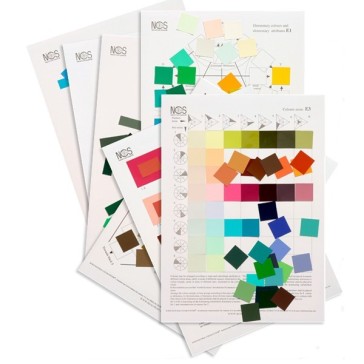
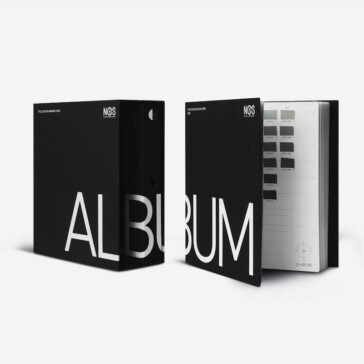
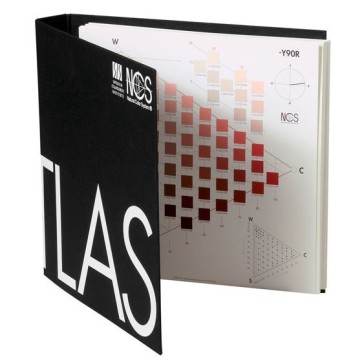
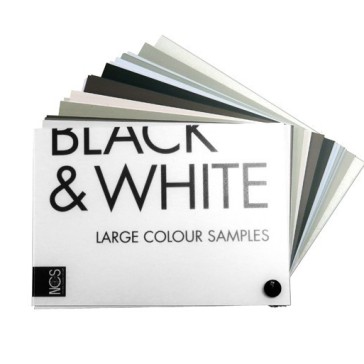
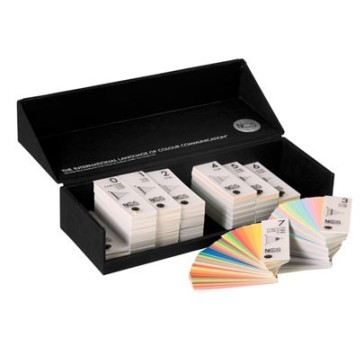
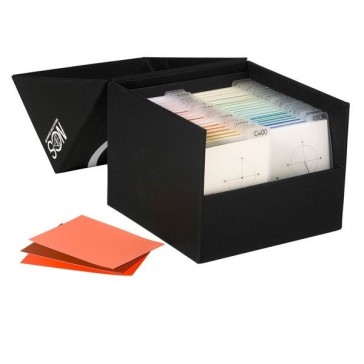
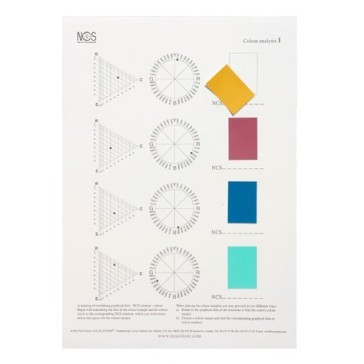
Color shade cards and charts with a scientific notation for Paints, Exteriors, Chemicals and Varnishes Industry, As an NCS Partner, we will assist you in NCS Color Communication with design and digital tools to improve the accuracy of your color matching right from the start. The foundation of our products is the NCS – Natural Colour System®© – the cross-industry colour system used around the world for colour communication between designers and manufacturers, retailers and customers.
Supplier of NCS Color Shade Card Design Tools, NCS Colour Samples and NCS Colour Accessories for India.
How do you ensure that your supplier or customer pictures a particular forest green colour exactly the same way that you do? The NCS Shade Card system helps you communicate colours in a way that everyone understands.
NCS Shade Card
NCS is an abbreviation for Natural Colour System as is a logical colour system which builds on how the human being sees colour. Colour is what we see, a subjective visual sensation. To characterize a colour you therefore have to describe what you see. How the colour is mixed, as well as the measurement data, is necessary for production, but to communicate with the customer you need a system in the way people see colours. A notation represents a specific colour percept and says nothing about what pigments, lights rays or nerve signals that have been given rise to this perception. This makes it possible to describe the colours of all surface materials and ensure that the colours turn out exactly as you want them to.
NCS Color Chart
NCS Color charts are must for the paint and coating industry as it is this manufacturing industry that requires a scientific notation of colors. The advanced NCS Color charts and NCS Shade cards bring in easy decision making skills in color palette identification. The foundation of our products is the NCS – Natural Colour System®© – the cross-industry colour system used around the world for colour communication between designers and manufacturers, retailers and customers. Since the NCS Color Chart system is based on how we perceive colours visually the system allows you to describe any imaginable surface colour and be given a NCS-notation. This has made the colour system a global standard for the definition, quality assurance, and communication of colour.
WHO IS THE NCS COLOR CHART FOR?
The NCS system is used by architects, designers, and material manufacturers, the colour industry, product manufacturers, and retailers the world over.
WHY USE THE NCS COLOR BOOK SYSTEM?
The NCS books give a unique opportunity to communicate colour between all those involved in a colour process, to ensure that the end result is precisely as it should be.
1. NCS ELEMENTARY COLOURS
The NCS Color chart starts from six elementary colours, which are perceived by human beings as being “pure”. The four chromatic elementary colours are yellow (Y), red (R), blue (B) and green (G), and the two non-chromatic elementary colours are white (W), black (S). All other colours can be described in terms of their degree of resemblance to the elementary colours. Not again that these concepts describe the purely visual properties of the colour and not how the colour is mixed.
2. NCS COLOUR SPACE in NCS SHADE CARD
Beginning with the elementary colours, it is possible to construct a three-dimensional descriptive model called the NCS colour space, which includes the whole colour world and makes it possible to describe any conceivable colour percept. All imaginable surface colours can be placed and thus be given an exact NCS-notation. For the sake of clarity, it is usually shown in two projections – the colour circle and the colour triangle.
3. THE NCS COLOUR BOOK CIRCLE SHOWS THE HUE (THE COLOUR FAMILY) in NCS COLOR CHART
By taking a horizontal view through the colour space, we see this circle where the four chromatic elementary colours yellow, red, blue and green are placed like the points of the compass with the space between them divided into 100 equal steps. Here you see the hue (the colour family) R90B. This means that all colours in this hue have 90% resemblance to blue and 10% resemblance to red. It is a slightly reddish bluecolour so it is almost a pure blue colour.
3. THE NCS COLOUR CHART TRIANGLE SHOWS THE NUANCE OF A COLOUR
The NCS Colour Triangle is a vertical section through the colour space. Here you find different nuances of the actual blue hue R90B. The base of the triangle is the grey scale from white (W) to black (S) and the apex of the triangle is the maximum chromaticness (C) within each hue, in this case R90B. The chromaticness specifies how strong the colour is. Colours of the same hue can have a different blackness, chromaticness or whiteness values, which is different nuances. The scales for blackness, whiteness and chromaticness in the NCS Book are divided into 100 steps, which as well as in the colour circle can be perceived as percentages. In the triangle is the nuance 1050 selected.
EXAMPLE:
S means that the colour is part of the visual selection of NCS 1950 standard colours, which illustrates the NCS System. The first part of the code (e.g.) 1050 describes the nuance of the actual colour R90B.
This has 10% blackness
50% chromaticness (colour strength)
The remaining 40% out of 100% is whiteness which is not printed out in the NCS notation
The second part of the NCS notation, e.g. R90B, is the hue, which can be described as the position within the NCS colour circle. Code R90B is a reddish blue colour described as:
A red (R) with 10% resemblance to red and
90% resemblance to blue (B).
Another example: B40G is a blue colour with 40% green, and so on.
S 1050-R90B gives you an unambiguous definition of a colour and any surface colour can be described with the help of the NCS System. For example a colour can be given the notation 1143-Y85R. This colour does not belong to the NCS 1950 standard colours. It can though still be described with the NCS system without no S in front of the notation.
There are 2050 colors in the NCS Book of colors and are split in coated and matt format as of the year 2023.
NCS Color pin is an amazing tool to help achieve the NCS Color detection. It is a tiny spectrophotometer which can detect any color on any surface and match it with the corresponding RGB and CMYK notation.
The NCS Index is the standard NCS Shade Card for Paints and NCS Glossy is the same same chart in Gloss effect.



Most units are shipped same day using professional courier services with tracking.
We work round the clock to ensure you get the highest level of customer satisfaction.
Well packed, Sealed Units are shipped from our warehouse which are waterpoof & sturdy.
Design Info
GST: 27AYUPJ2628P1ZK
No.1, Saremals, Shastri Hall Building,
Nana Chowk, Grant Road West,
Mumbai 400007, Maharashtra, India
New Delhi Branch – South Ex 2, 110049
Also Ships DAILY from Brisbane, Dubai,
Berlin, Barcelona, Detroit & Vancouver.
Connect online / schedule a demo
Call/WhatsApp: +91-9699976817
Email: [email protected]
Live Chat: Business Hours
Follow Us: @designinfo.in
Copyright © 2014-2022 Design Info All Rights Reserved. Feedback on web experience
Since 1969